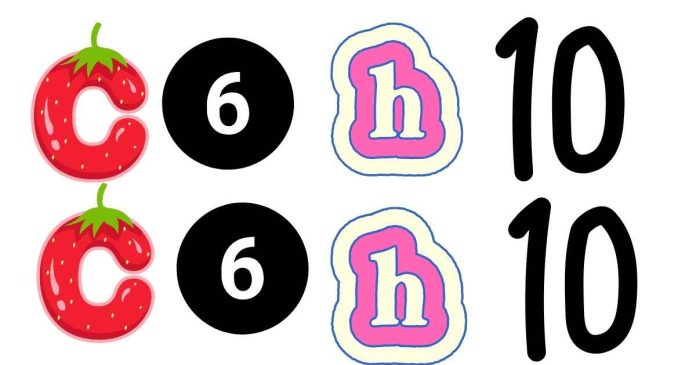The molecular formula C6H10 represents a variety of possible isomers, primarily consisting of alkenes, cycloalkenes, and cycloalkanes. Here are the primary types of isomers for C6H10:
1. Alkenes (Unsaturated hydrocarbons):
These isomers have a double bond between two carbon atoms.
- Hex-1-ene: A straight-chain alkene with the double bond at the first position.
- Hex-2-ene: A straight-chain alkene with the double bond at the second position.
- Cis-hex-2-ene (cis isomer: both methyl groups on the same side of the double bond)
- Trans-hex-2-ene (trans isomer: methyl groups on opposite sides of the double bond)
- 3-Methylpent-1-ene: A branched alkene with the double bond at the first position.
- 2-Methylpent-2-ene: A branched alkene with the double bond at the second position.
2. Cycloalkanes (Saturated hydrocarbons in a ring structure):
These are cyclic compounds where all bonds are single bonds.
- Cyclohexane: A six-membered carbon ring with single bonds between the carbons.
- Methylcyclopentane: A five-membered carbon ring with one methyl group attached to it.
3. Cycloalkenes (Cyclic compounds with one double bond):
These have both a ring structure and a double bond.
- Cyclohex-1-ene: A six-membered carbon ring with a double bond at one position.
- Cyclohex-2-ene: A six-membered carbon ring with a double bond at the second position.
These are the key structural isomers of C6H10, encompassing both cyclic and acyclic compounds, with varying levels of branching and double bonds.


